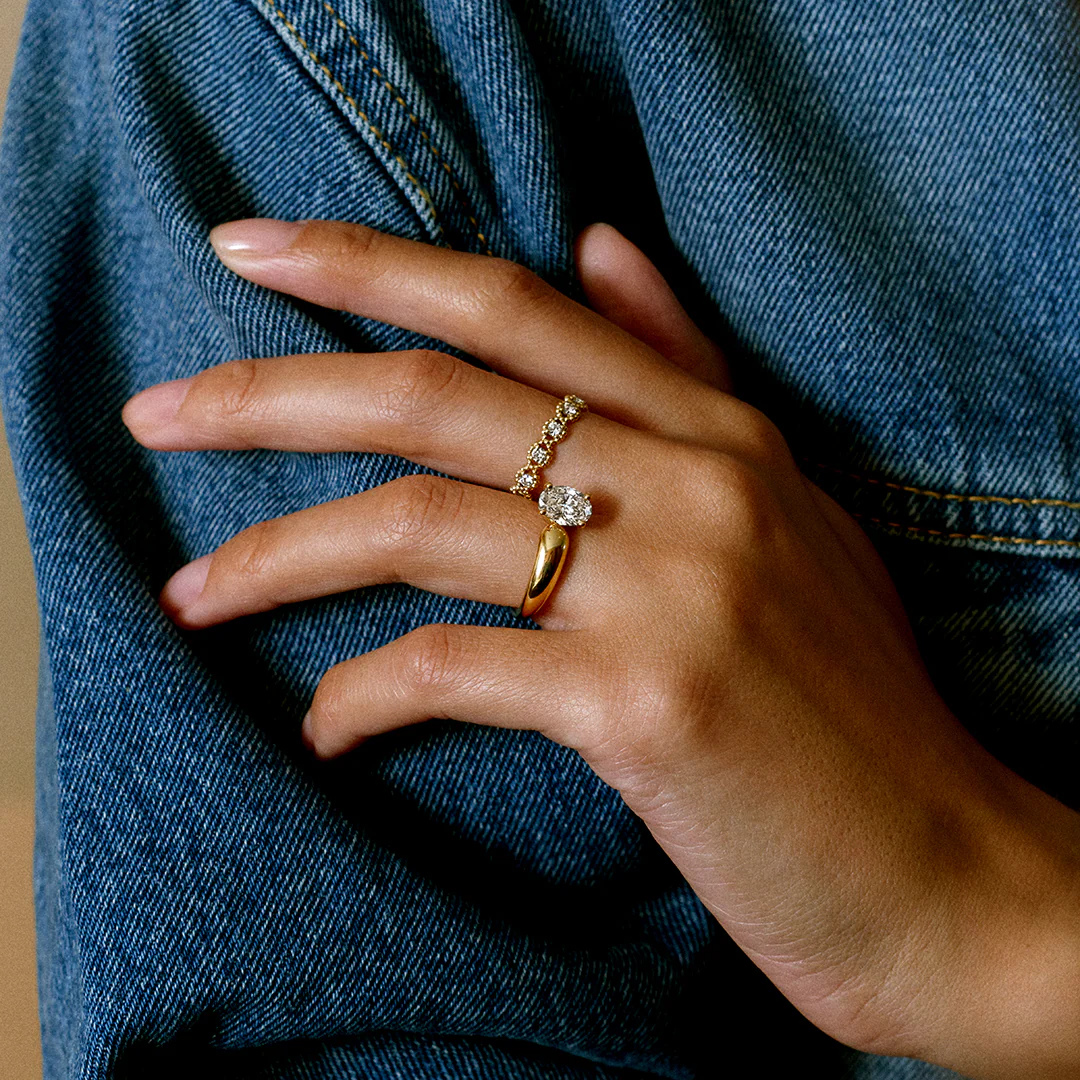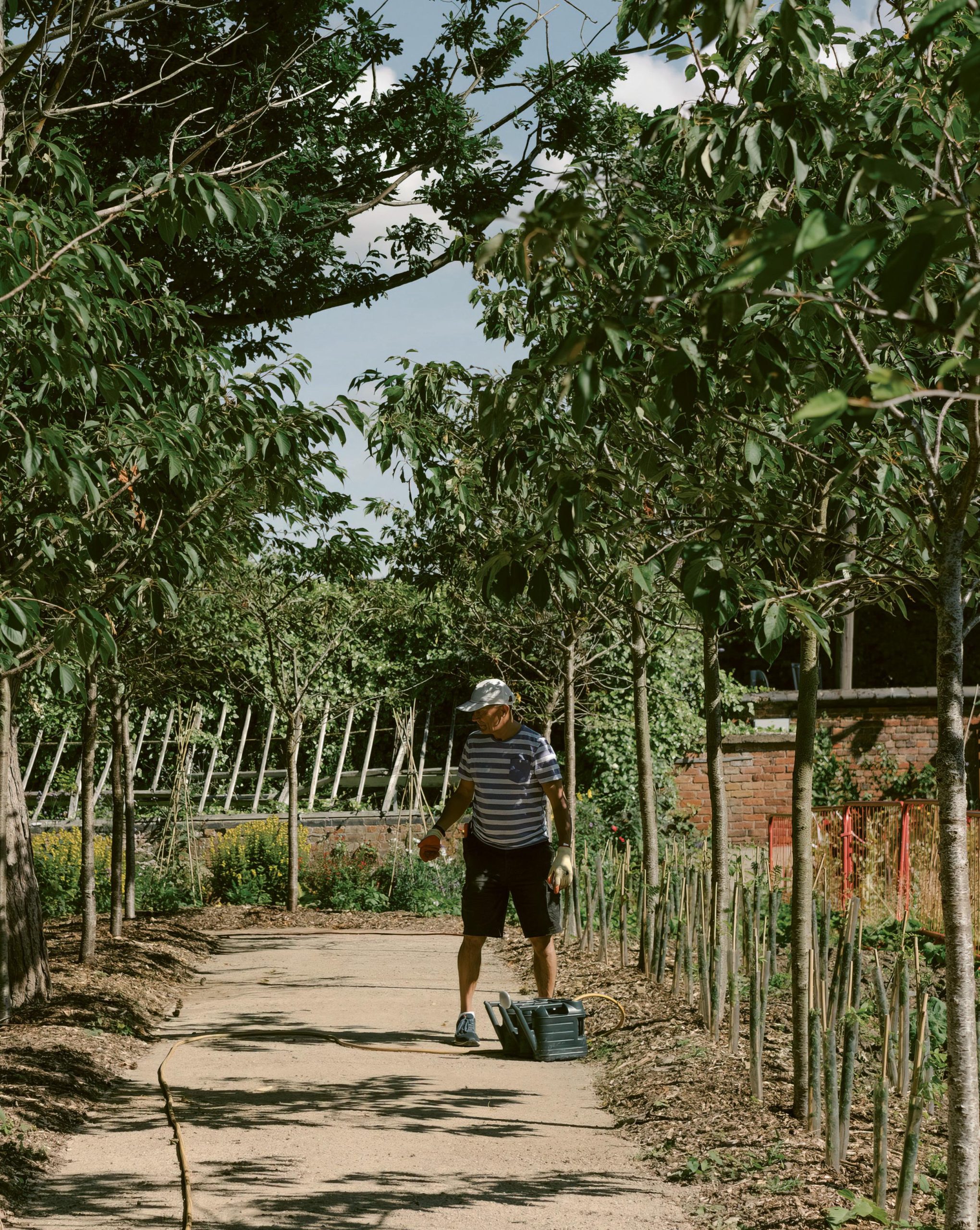Crafting with Natural Elements: Creating Sustainable Jewelry and Accessories

The Allure of Sustainable Crafting
As environmental consciousness continues to rise globally, a new trend is taking hold among crafters and fashion enthusiasts: the creation of sustainable jewelry and accessories. By utilizing natural elements, artisans can create unique pieces that serve not only as fashion statements but also as meaningful acknowledgments of our relationship with the planet. This shift towards sustainable crafting allows individuals to engage creatively while fostering a deeper appreciation for the materials we often take for granted.
Natural materials provide a captivating array of options, each with its own inherent beauty and character. Here are some noteworthy elements to consider when crafting:
- Wood: Artists are increasingly looking to reclaimed timber for their projects, transforming discarded materials into exquisite jewelry. For example, a necklace made from reformed mahogany can carry a rich history, and each piece retains the unique grain patterns, making it truly one-of-a-kind.
- Stone: Crafting jewelry from stones sourced from local quarries not only supports community economies but also gives each design a distinctive flair. Gemstones like turquoise or agate can create eye-catching centerpieces in earrings or bracelets, allowing wearers to proudly display local artistry.
- Shells: Beachcombers often collect a variety of shells, each unique in shape and texture. These natural treasures can be turned into stunning pendants or woven into bracelets, evoking memories of sun-soaked days by the shore.
- Plant fibers: Materials such as hemp or jute are gaining popularity for their eco-friendliness. Accessories crafted from these fibers, like bags or belts, marry style with sustainability, appealing to a growing demographic committed to greener choices.
- Beeswax: This natural product serves as a perfect coating for various items, enhancing their aesthetics while remaining eco-conscious. For instance, beeswax wraps can replace plastic wrap, providing an elegant, reusable solution for eco-friendly households.
Every handcrafted item tells a story, reflecting not only the artistry of its maker but also the narrative of the materials used. By integrating eco-friendly practices into the crafting process, artisans elevate their creations while championing a movement towards sustainability within the fashion industry. Consumers are increasingly seeking out unique pieces with backstories, thereby supporting artisans who emphasize environmental responsibility.
Interested in delving into the world of sustainable crafting? Whether you are a seasoned creator or a novice explorer, our forthcoming guide is designed to help you transform natural elements into beautiful, sustainable jewelry and accessories. Discover tips, techniques, and creative inspirations that will allow you to express your individuality while being kind to the planet.
DISCOVER MORE: Click here to delve into the journey of handicrafts

The Artistic Journey into Sustainability
Crafting jewelry and accessories from natural materials is about more than just aesthetics; it represents a deeper connection to the environment and a conscious decision to use resources that promote sustainability. By utilizing the elements that nature has to offer, artisans are empowered to create beautiful, meaningful pieces that resonate with eco-conscious consumers. Natural materials such as gemstones, wood, ceramics, and plant fibers offer endless possibilities for exploration and creativity, allowing designers to draw inspiration from the very essence of the Earth.
In the world of sustainable jewelry, every material has a story. For example, recycled glass beads crafted from surf or beach debris not only shine with a unique luster but also contribute to ocean conservation efforts. Similarly, using ethically sourced gemstones can support fair practices in mining, providing equitable wages to workers while minimizing environmental damage. These choices reflect how artisans weave environmental responsibility into their creations.
Creating with natural elements has several key benefits that extend beyond the items produced:
- Reduces environmental impact: When artists source materials locally or prioritize reclaimed resources, they significantly reduce the carbon footprint associated with transportation and demand. This practice supports a circular economy where materials are reused rather than discarded.
- Supports local economies: Investing in materials harvested from local sources fosters community growth. By engaging with local suppliers, crafters help sustain small businesses and promote craftsmanship in their neighborhoods.
- Encourages biodiversity: The use of native plants and sustainably sourced materials helps preserve local ecosystems. Artists can advocate for responsible harvesting techniques that protect habitats while celebrating the beauty of their landscapes.
- Offers unique designs: Natural materials, from the grain of wood to the organic shape of stones, bring distinctive qualities to each piece. This uniqueness allows artisans to create one-of-a-kind works that tell a personal story for the wearer.
- Promotes a mindful crafting practice: Engaging with the raw materials of nature cultivates an awareness of their origins and the processes involved in transforming them into jewelry, inspiring artisans to create with intention and respect.
With an increasing focus on sustainability, the crafting community in the United States is evolving. Artists are encouraged to delve into ethical discussions surrounding their material choices, considering factors such as environmental impact and social responsibility. Each crafted piece represents an opportunity to influence positive change while standing out as a testament to personal style.
For those embarking on this eco-friendly journey, various techniques can harness the beauty of natural elements. Simple macramé projects using hemp cords or hand-carved wooden jewelry are accessible to all skill levels and offer a satisfying, tactile experience that connects the creator with the materials. Numerous online platforms, like Etsy and Pinterest, provide inspiring tutorials catered to beginners and seasoned artisans alike, making sustainable crafting more approachable than ever.
Through the art of crafting with natural elements, artisans gain not only technical skills but also the ability to champion sustainability. This movement is more than just a trend; it marks a profound shift towards a lifestyle that prioritizes beauty, individuality, and respect for the planet. By embracing nature’s palette, creators invite others to celebrate and appreciate the intricacies of our environment, fostering a more sustainable future for all.
| Advantage | Description |
|---|---|
| Use of Eco-Friendly Materials | Natural elements such as seeds, wood, and recycled metals contribute to a lesser environmental impact. |
| Promotes Artisan Craftsmanship | Supports local artisans and traditional techniques, adding unique stories behind each piece. |
In today’s rapidly evolving market, crafting with natural elements has emerged as a compelling solution for those who prioritize sustainability in fashion. By utilizing eco-friendly materials, artisans not only showcase their creativity but also play a crucial role in protecting our planet. Each piece becomes a conversation starter, raising awareness about sustainable alternatives in the accessories sector.Moreover, this artisan craftsmanship fosters a unique appreciation for the skills and traditions that have been passed down through generations. Each item tells a story, empowering consumers to connect personally with their jewelry and emphasizing the value of authenticity in a world often dominated by mass production. The exploration of these natural materials can lead to innovative designs that distinguish themselves in a competitive marketplace. Crafting jewelry and accessories with sustainability in mind not only enriches individual expression but also cultivates a responsible community of creators and consumers alike.
DIVE DEEPER: Click here to discover the intersection of art and technology
Exploring Techniques and Innovations in Sustainable Crafting
The journey of crafting with natural elements is enhanced by a multitude of techniques that not only showcase the beauty of various materials but also encourage innovation in sustainable practices. Artisans are continually discovering new ways to bend, shape, and transform organic materials into stunning jewelry and accessories. From bioplastic beads made from plant starch to intricate metal work using reclaimed silver, the potential for creative expression knows no bounds.
One of the most exciting techniques that has gained popularity is eco-resin crafting. Artisans are using bio-resins derived from renewable resources, such as soy, to encapsulate natural materials like pressed flowers, leaves, or even small rocks. This approach not only protects the encapsulated elements but also creates striking pieces that blend elements of nature with modern design. Eco-resin is a substantial alternative to traditional petroleum-based resins, aligning with sustainable practices by reducing reliance on fossil fuels.
Moreover, artisans are drawing inspiration from both traditional craftsmanship and contemporary trends, leading to the birth of hybrid techniques. For example, upcycling – the process of transforming waste materials into new products – has become a popular method for creating accessories. Crafters can repurpose old jewelry, fabric scraps, or discarded leather into chic new items. This practice not only diverts waste from landfills but also stimulates creativity, as each piece is crafted with history and intention.
Furthermore, hand dying and natural finishes are pivotal in enhancing the aesthetic of sustainable jewelry. Crafters are utilizing natural dyes derived from plant materials, such as indigo or turmeric, to imbue fibers with rich, vibrant colors. This contrasts starkly with synthetic dyes, which can be harmful to the environment. By embracing plant-based dyeing techniques, artisans ensure that their creations are not only visually appealing but also environmentally friendly.
The sustainable accessories movement is also being heightened by advancements in technology, such as 3D printing. This technique allows designers to create intricate structures using biodegradable filaments sourced from renewable materials. With 3D printing, crafters can produce customized jewelry pieces with minimal waste, allowing for precision and creativity unheard of in traditional crafting methods. As the technology progresses, it opens up new avenues for individuals looking to create unique, eco-friendly components.
- Community Collaborations: Many artisans are joining forces to create workshops and events that promote shared knowledge about sustainable crafting techniques. Local maker spaces and cooperatives allow community members to learn from one another while fostering a sense of responsibility towards their environment.
- Social Media Influence: Platforms like Instagram and TikTok have exploded in popularity among artisans showcasing their sustainable creations. Tutorials, DIY projects, and process videos inspire a whole new generation to engage in crafting with awareness, further multiplying the reach of sustainable practices.
- Market Trends: Consumer demand for sustainable products is on the rise. With a growing awareness of environmental issues, shoppers are gravitating toward artisans that prioritize natural materials over mass-produced alternatives. This shift supports a market where makers can thrive while positively contributing to eco-friendly practices.
As the artistry of crafting with natural elements evolves, it becomes increasingly clear that it encompasses not just creativity, but also an awakening of consciousness about our relationship with the Earth. By adopting innovative techniques and collaborating within communities, artisans are leading the charge toward a more sustainable and fulfilling approach to jewelry and accessories, inviting individuals to join them in this meaningful journey.
DISCOVER MORE: Click here for insights on creativity and well-being in gardening
Conclusion: Embracing the Future of Sustainable Crafting
As we have explored the intricate world of crafting with natural elements, it is evident that this movement is not merely a trend but a profound shift towards sustainable practices in the arts. By utilizing renewable resources, embracing innovative techniques, and fostering community collaboration, artisans are setting a powerful example of how creativity can harmonize with environmental consciousness.
The techniques discussed, such as eco-resin crafting, upcycling, and the use of natural dyes, highlight the promise of sustainability within artistry. These approaches not only minimize waste but also give life to unique pieces that tell a story and embody a connection to nature. Furthermore, the intersection of technology, such as 3D printing, opens exciting possibilities for personalized and eco-friendly design, urging crafters to explore uncharted territories in their creative journey.
As consumer awareness grows, the demand for sustainable jewelry and accessories intensifies, creating an entrepreneurial space ripe for innovation. The very act of choosing handmade, sustainable products empowers both artisans and consumers, cultivating a deeper respect for the natural world around us. Shopping practices are evolving toward supporting makers who cherish environmentally friendly methods, which is a win-win for both the earth and the community.
In conclusion, the art of crafting with natural elements invites each of us to contribute to a more sustainable future. By supporting these vibrant creative expressions, we not only adorn ourselves with beauty but also participate in a global movement dedicated to environmental stewardship and social responsibility. Join the journey to craft a better world, one sustainable accessory at a time.


